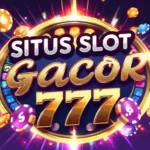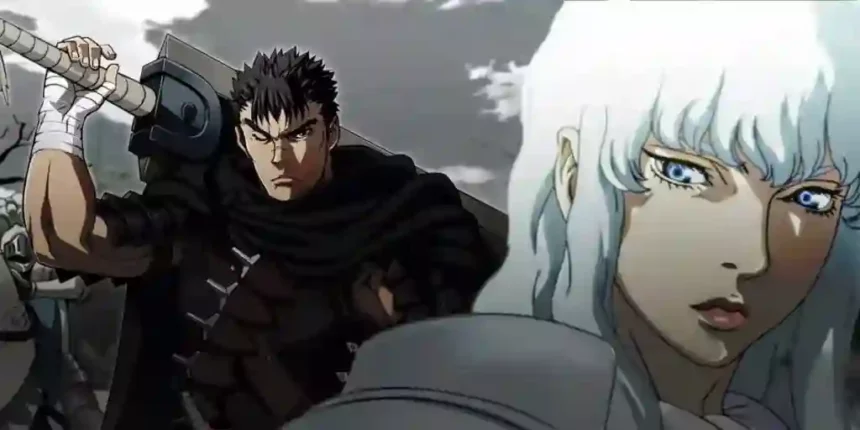In the annals of dark fantasy manga, Kentaro Miura’s Berserk stands as a testament to the art of worldbuilding, weaving a tapestry of despair, horror, and relentless brutality. The series’ universe is a stark and unforgiving realm, where the boundaries between the mundane and the supernatural blur, and the human spirit is tested to its limits. In this article, we delve into the intricate worldbuilding of Berserk, exploring how Miura crafted a landscape that serves as a haunting backdrop to the characters’ harrowing journeys.
The Desolate Landscape:
Berserk’s world is characterized by desolation and decay, a grim and unforgiving landscape that mirrors the internal struggles of its characters. The environments range from war-torn medieval battlefields to eerie, otherworldly realms infested with demonic entities. Miura’s attention to detail in rendering dilapidated castles, haunted forests, and forsaken villages adds a layer of authenticity to the bleakness of the setting.
The desolate landscape serves as a reflection of the moral decay and existential horrors that permeate Berserk’s narrative. Each location becomes a stage for the characters’ trials, reinforcing the idea that survival in this world demands not only physical prowess but an unyielding will to endure against insurmountable odds.
The Supernatural Intrusion:
At the heart of Berserk’s worldbuilding is the seamless integration of supernatural elements that intrude upon the mundane. Demonic entities, known as Apostles, roam the land, preying on humanity and serving the malevolent God Hand. The Eclipse, a cataclysmic event that marks the series’ turning point, unleashes a torrent of supernatural horrors, transforming familiar landscapes into nightmarish realms.
Miura’s portrayal of the supernatural is both visceral and imaginative, with grotesque and nightmarish designs that defy conventional fantasy tropes. The seamless integration of these supernatural elements into the fabric of the world enhances the sense of dread and existential threat faced by the characters.
The Brand of Sacrifice:
Central to Berserk’s worldbuilding is the enigmatic and cursed Brand of Sacrifice, a mark bestowed upon those who survive a demonic incursion. The brand becomes a symbol of the characters’ entwined fate with the supernatural forces that govern the Berserk universe. Those branded are condemned to attract demonic entities, making them perpetual targets in a world that offers no respite.
The Brand of Sacrifice serves as a thematic anchor, embodying the cost of ambition, the consequences of betrayal, and the cyclical nature of suffering. Its presence on characters’ bodies becomes a visual reminder of the inescapable connection between the mortal realm and the dark forces that lurk beyond.
Political Intrigue and Ambition:
Berserk’s world is not solely defined by supernatural horrors; it is also a stage for political intrigue and ambitions that drive the machinations of human societies. The Golden Age Arc, in particular, explores the dynamics of power, loyalty, and the consequences of unchecked ambition within the Band of the Hawk and the kingdom of Midland.
Miura’s portrayal of political landscapes, noble intrigue, and the clash of kingdoms adds depth to the world of Berserk. The juxtaposition of human ambition against the supernatural horrors reinforces the idea that, in this universe, threats come from both the mortal and the otherworldly realms.
Cycles of Violence and Trauma:
The world of Berserk is ensnared in a cyclical pattern of violence and trauma, where conflicts repeat, betrayals echo, and suffering persists. The Eclipse, as a pivotal event in the narrative, marks the culmination of this cycle, unleashing a cascade of horrors that reverberate through the arcs that follow.
Miura’s exploration of cycles of violence and trauma adds a layer of complexity to Berserk’s worldbuilding. Characters are not merely shaped by singular traumatic events but find themselves caught in a relentless cycle where the past haunts the present, and the future seems destined to repeat the sins of the past.
Religious Symbolism and Cosmic Horror:
Berserk’s worldbuilding is infused with religious symbolism and cosmic horror, creating a narrative that explores the existential dread of a universe indifferent to the plight of its inhabitants. The God Hand, a malevolent pantheon of demonic entities, epitomizes the cosmic horror aspect, embodying a force that transcends mortal comprehension.
Miura’s incorporation of religious iconography, rituals, and the overarching influence of the God Hand elevates Berserk beyond the confines of traditional fantasy. The cosmic horror elements add a layer of existential dread, as characters grapple with the realization that their struggles are but a small part of a vast and malevolent cosmic design.
The Eclipse as a Pivotal Moment:
The Eclipse, an event that unfolds in the Golden Age Arc, serves as a pivotal moment in Berserk’s worldbuilding. It reshapes the narrative, introduces supernatural elements on a grand scale, and leaves an indelible mark on the characters. The Eclipse becomes a fulcrum around which the world of Berserk pivots, steering the narrative into darker and more complex territories.
Miura’s handling of the Eclipse and its aftermath is a testament to his ability to craft a world that evolves and deepens with each revelation. The repercussions of the Eclipse echo through subsequent arcs, creating a sense of continuity and consequence that resonates with readers.
Impact on the Characters:
The worldbuilding in Berserk is not a mere backdrop but an integral part of the characters’ identities and struggles. Guts, Casca, Griffith, and other key figures navigate a world that seeks to break their spirits, testing the limits of their resolve and humanity. The impact of the world on the characters becomes a central theme, enriching the narrative with psychological depth and emotional resonance.
Conclusion:
Berserk’s worldbuilding is a tour de force, a testament to Kentaro Miura’s ability to craft a universe that is as haunting as it is immersive. From the desolate landscapes to the supernatural intrusions, political machinations, and cycles of violence, every facet of Berserk’s world contributes to the overall narrative tapestry. As readers traverse this bleak and brutal universe, they are confronted not only with physical horrors but with the existential and psychological challenges that define the human experience within the world of Berserk. Miura’s masterful worldbuilding ensures that Berserk stands not only as a dark fantasy manga but as a visceral and thought-provoking exploration of a world where hope flickers in the shadows of relentless despair.













